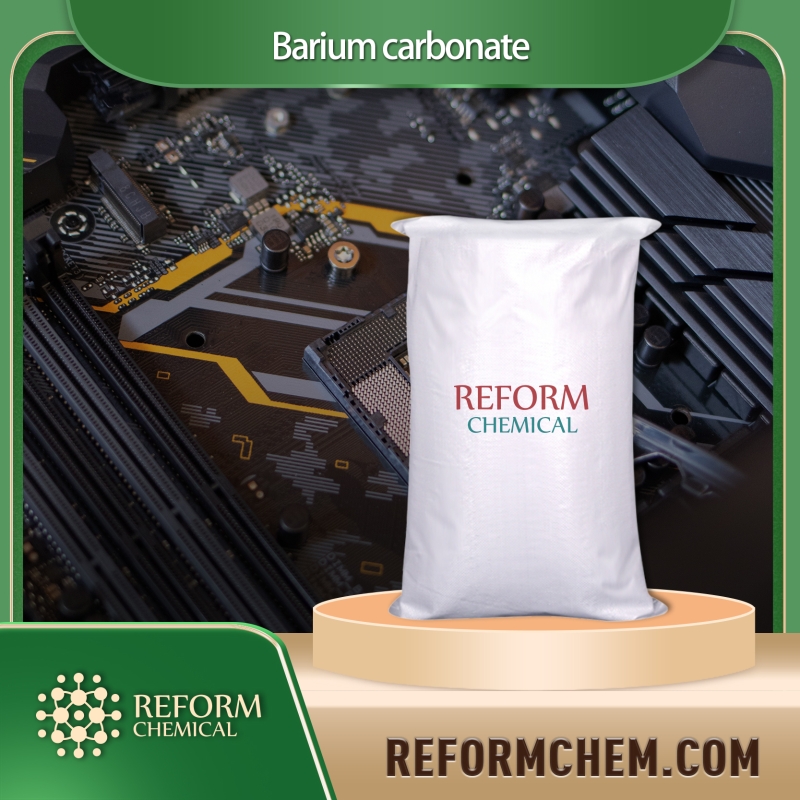-
Categories
-
Pharmaceutical Intermediates
-
Active Pharmaceutical Ingredients
-
Food Additives
- Industrial Coatings
- Agrochemicals
- Dyes and Pigments
- Surfactant
- Flavors and Fragrances
- Chemical Reagents
- Catalyst and Auxiliary
- Natural Products
- Inorganic Chemistry
-
Organic Chemistry
-
Biochemical Engineering
- Analytical Chemistry
-
Cosmetic Ingredient
- Water Treatment Chemical
-
Pharmaceutical Intermediates
Promotion
ECHEMI Mall
Wholesale
Weekly Price
Exhibition
News
-
Trade Service
As the awareness of environmental protection gradually takes root in the hearts of the people, more and more families have begun to choose new energy vehicles as family cars
.
The smooth development of new energy vehicles, in addition to the maturity and stability of the manufacturing process of the car itself, is inseparable from the improvement of its power source detection technology and the detection technology
of new energy batteries.
From structure to process,
What is the focus of new energy battery testing?
At present, new energy vehicle power batteries generally use lithium-ion batteries (referred to as: lithium batteries).
The battery cell is the basic unit of
the lithium battery.
Lithium battery cells are composed of
positive electrode, negative electrode, separator, electrolyte, tab, shell, etc.
The production process of power battery cells is roughly divided into three stages: electrode production, cell synthesis, and formation packaging
.
The following processes are included:
In the whole process flow, the quality of slitting (pole slitting) will directly affect the service life and system safety of the power battery (pole slitting is to continuously cut the wide whole coil of pole pieces into several narrow pieces of the required width according to the design specifications of the battery), which also makes it the top priority
of new energy battery testing.
At present, the lithium battery pole piece slitting process mainly adopts the following three types: (1) disc shearing and slitting; (2) Mold punching; (3) Laser cutting
.
Use a digital microscope DSX1000
Validation of the slitting process
Disc slitting and die stamping are mechanical die-cutting
.
The mechanical die-cutting process has a long history of development and relatively mature application, but the stress caused by mechanical bite often makes the processed material have some bad characteristics, such as collapse angle, burr, etc
.
Laser cutting is the use of high power density laser beam irradiation of the cut battery pole piece, so that the pole piece is quickly heated to a very high temperature, rapid melting, vaporization, ablation or reaching the ignition point to form holes, with the movement of the beam on the pole piece, the hole continuously forms a narrow width of the slit, complete the cutting
of the pole piece.
This non-contact cutting method, with narrow cutting seams, small heat-affected zone, smooth cutting edge and fast cutting speed, has many advantages that can meet the rapid cutting and quality improvement of automotive power battery electrodes, so it is considered to be an ideal alternative
to the traditional mechanical die-cutting process.
Mechanical die-cutting process validation
The pole pieces processed by the mechanical die-cutting process will have more burrs
.
In order to avoid burrs as much as possible, the die-cutting parameters need to be adjusted according to the nature and thickness of the pole pieces (such as selecting the appropriate lateral pressure and tool overlap) before slitting
.
After slitting, the pole piece can be burred with the help of the DSX1000 digital microscope to verify that the mechanical die-cutting process meets the requirements
.
Laser cutting process validation
The cutting surface of the pole piece processed by the laser cutting process is smooth and the burr is less, but because of the thermal effect of laser cutting, a heat-affected zone and molten beads will be generated on the pole piece, which will affect the quality of
the pole piece.
Therefore, when slitting, it is also necessary to adjust the parameters of the laser cutting process according to the actual situation (such as selecting the appropriate laser wavelength, pulse energy, etc.
).
After laser cutting and slitting, the laser zone of the pole piece can be checked with the help of the digital microscope DSX1000 to verify that the parameters of the laser cutting process are set correctly
.
The picture shows molten beads taken after magnifying the 400X with the DSX1000
Points to note for pole piece inspection
When performing pole piece inspection, the size of the pole piece burr produced by different processes is not fixed, ranging from a few microns to several hundred microns
.
Therefore, a microscope for inspection is required with a wide magnification range and flexible magnification switching
.
The DSX1000 has a magnification range of 23X~8220X, allowing you to perform high-quality overall observation at low magnification and quickly zoom in for detailed analysis
at the micron level.
Pole slice examination often requires the use of multiple observation methods (brightfield/darkfield, etc.
), which requires the integration of multiple observation methods
on one microscope.
DSX1000 has 6 built-in observation methods: brightfield (BF), darkfield (DF), skew, MIX (BF+DF), polarized light (PO), differential interference (DIC), and a variety of observation methods can be one-click switching, convenient and quick to adapt to the detection needs
of different application scenarios.
Similarly, the direction of the pole piece burr is not fixed, and it may be missed to inspect the pole piece from only a single angle, and practical applications require a solution for multi-angle monitoring of the microscope
.
The DSX1000 can be obliquely observed, and the design of multi-angle observation helps users flexibly respond to glitch inspection to ensure that there are no omissions
.
At the same time, the microscope's concentric optical design helps maintain a good viewing field of view when obliving, improving the user's experience
.







